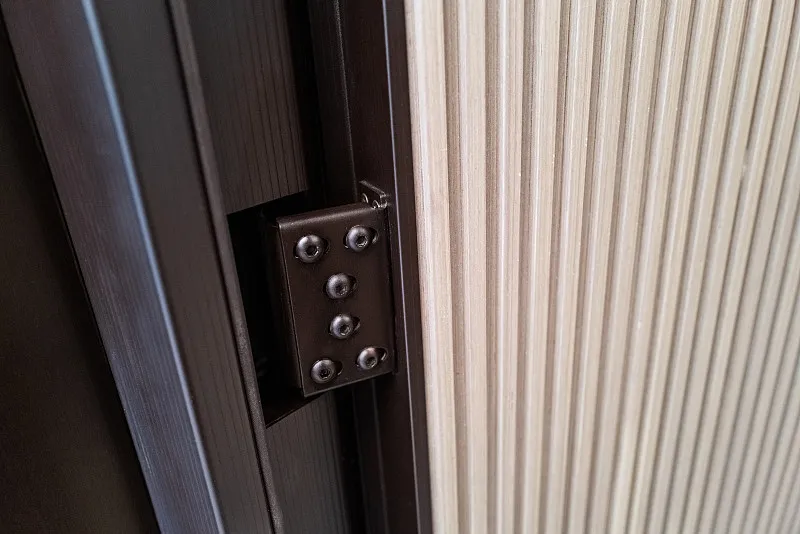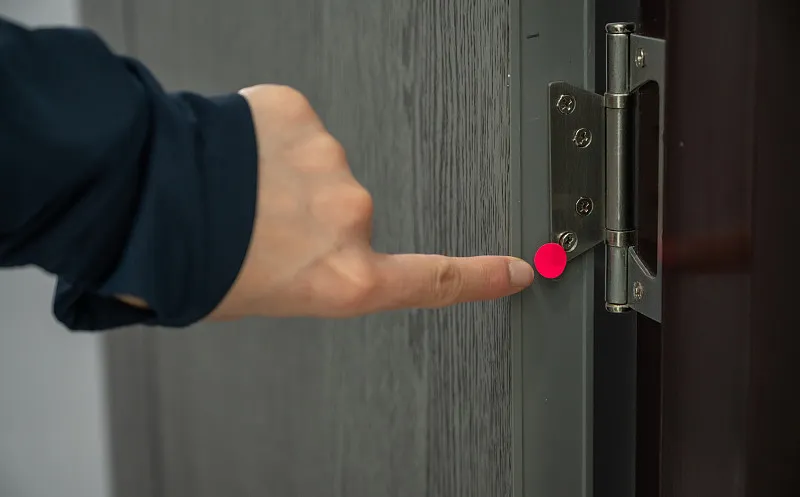Key Differences Between European Standard, National Standard Hinges, and the Value of Custom Hinges

A Comprehensive Guide: Key Differences Between European Standard and National Standard Hinges, and the Unique Value of Custom Hinges
In the fields of construction and home decoration, hinges play a critical role in connecting doors to frames, while ensuring the stability and safety of the door. With globalization, various hinge standards have emerged in the market, with the European Standard (EU) and the Chinese National Standard (GB) being the most common. Additionally, custom hinges (non-standard parts) offer tailored solutions for specific needs. This article delves into the features and differences of these hinges and explores the definition and production characteristics of non-standard parts.

Features of European Standard Hinges
European standard hinges are well-known for their high certification standards, superior load-bearing capacity, stainless steel ball-bearing design, durability, and excellent corrosion resistance. These features ensure the quality, reliability, comfort, and longevity of the product.
High Certification Standards: EU standard hinges are certified to meet strict performance and safety standards, providing consumers with peace of mind.
Superior Load-Bearing Capacity: EU hinges can support up to 160kg, making them suitable for doors of varying weights. This guarantees stability and safety during use.
Stainless Steel Ball-Bearing Design: This design ensures smooth, quiet, and flexible hinge movement, enhancing comfort while increasing the hinge’s lifespan.
Durability: After 240 hours of salt spray testing, EU hinges demonstrate exceptional durability and corrosion resistance, maintaining a bright surface even after 10 years of use.
Excellent Corrosion Resistance: EU hinges do not rust or fade, further enhancing their longevity and aesthetic appeal.

Features of National Standard Hinges
Compared to European standard hinges, national standard (GB) hinges have distinct advantages in terms of material, surface treatment, functionality, and durability.
Material and Thickness: GB hinges are typically made from 304 stainless steel, with a thickness of 3mm, ensuring strength and durability.
Surface Treatment: GB hinges feature uniform and refined surface treatment, with minimal impurities. The hole positioning and spacing meet the standards, ensuring they are suitable for decorative projects.
Functionality: GB hinges are designed with user convenience in mind. They move smoothly without “sticking” and have optimized features to minimize noise during operation.
Durability: Thanks to high-quality materials and precise manufacturing processes, GB hinges are built to last, providing reliable performance over time.

Understanding Non-Standard Hinges: Definition and Production Characteristics
Non-standard hinges are custom-made parts designed for specific use cases or unique design requirements. Unlike standard parts, they do not follow conventional norms and are tailored to the user’s exact needs.
Production Characteristics: Non-standard hinges are usually produced in small batches or even as single pieces, requiring highly skilled technicians. The manufacturing process is flexible, adapting methods and parameters to meet the unique specifications of each order.
Design Process: The design of non-standard hinges is more complex, requiring a deep understanding of the user’s needs. Detailed design calculations and simulations are necessary to ensure the product meets its intended purpose.
Cost Considerations: The design and production of non-standard parts tend to be more expensive due to their customized nature. Each unit typically has a higher production cost.
Interchangeability and Versatility: Non-standard hinges generally lack interchangeability or standardization. Each part is unique, specifically designed for particular equipment or projects, and cannot be used universally.

When choosing hinges, understanding the differences between European standard and national standard hinges, as well as the definition and characteristics of non-standard parts, is essential. This knowledge will help you select the most appropriate hinge for your project, whether you are opting for the high certification standards of European hinges, the cost-effective options of national standard hinges, or the specialized solutions offered by non-standard parts. We hope this guide provides valuable insights to help you make the best decision when selecting hinges.
